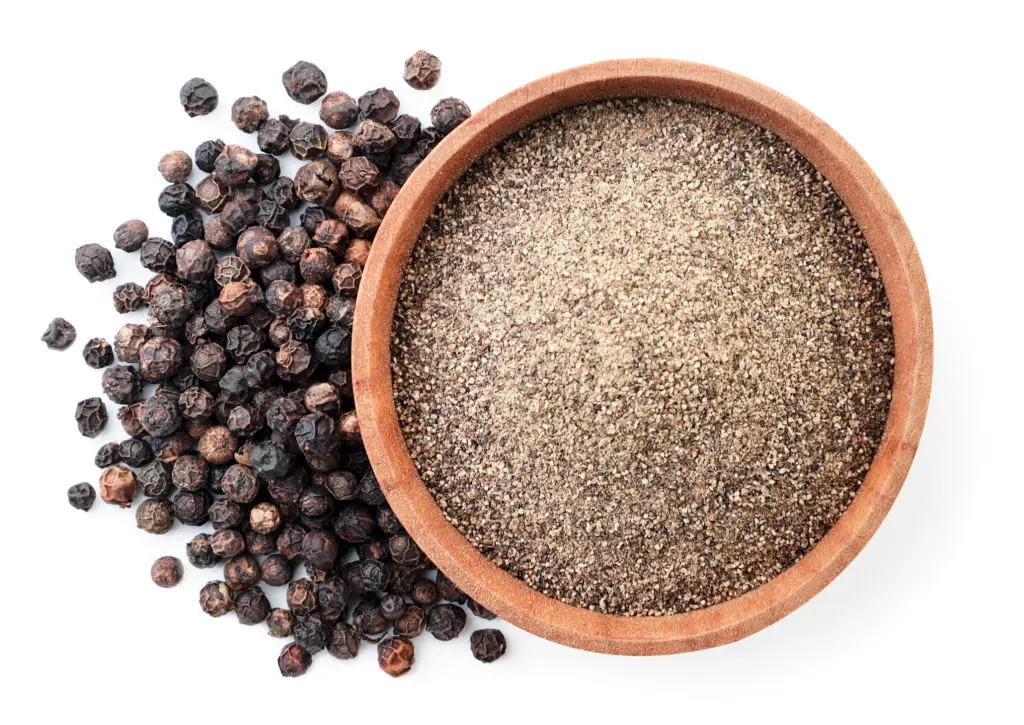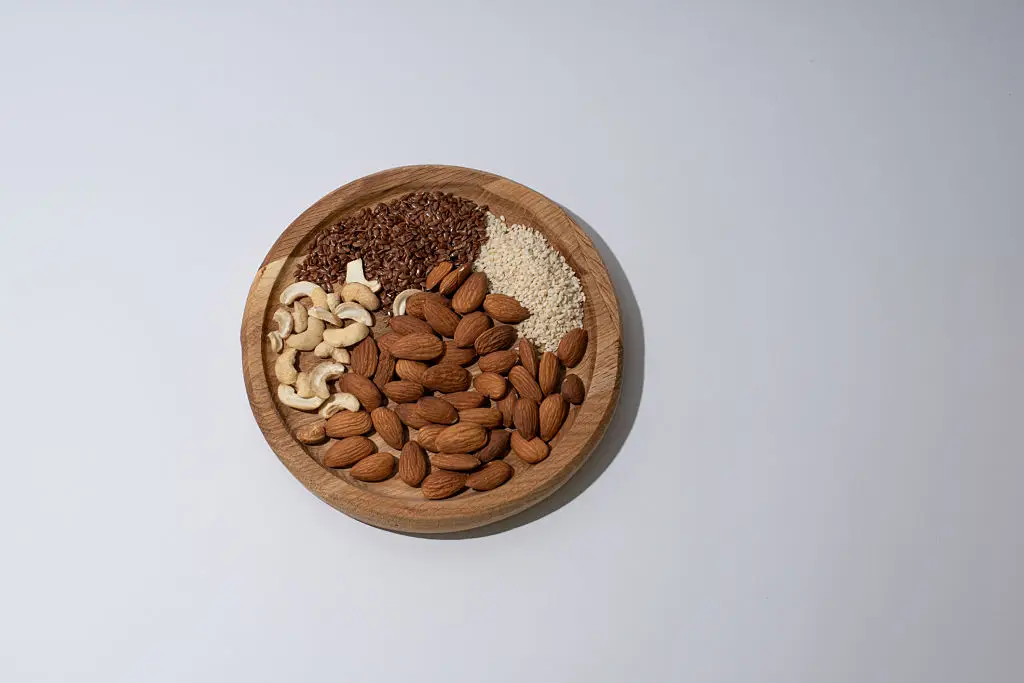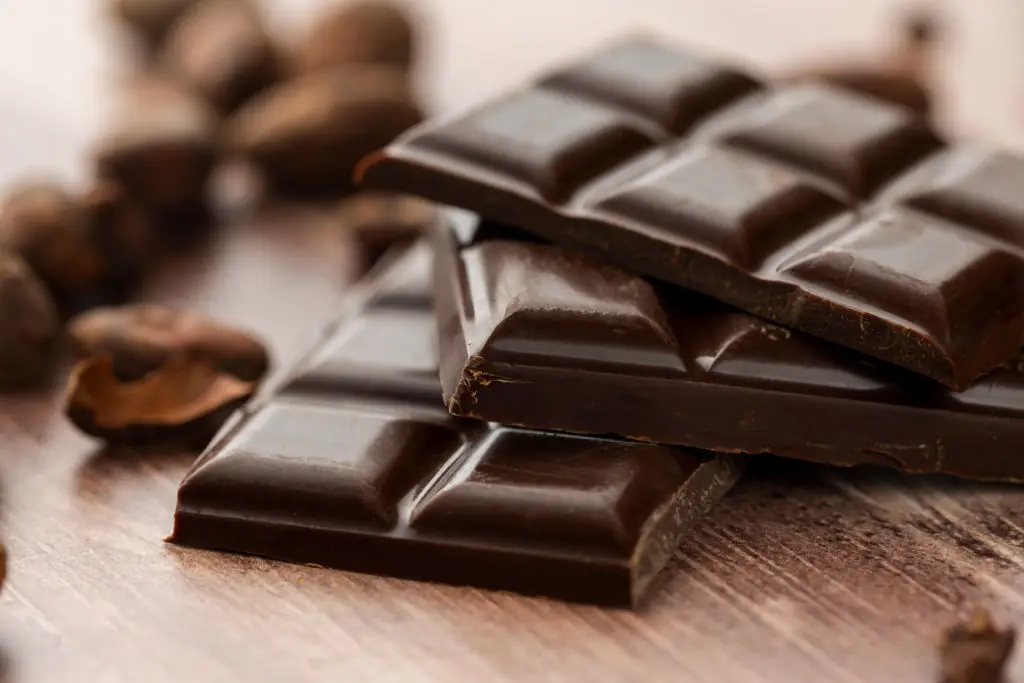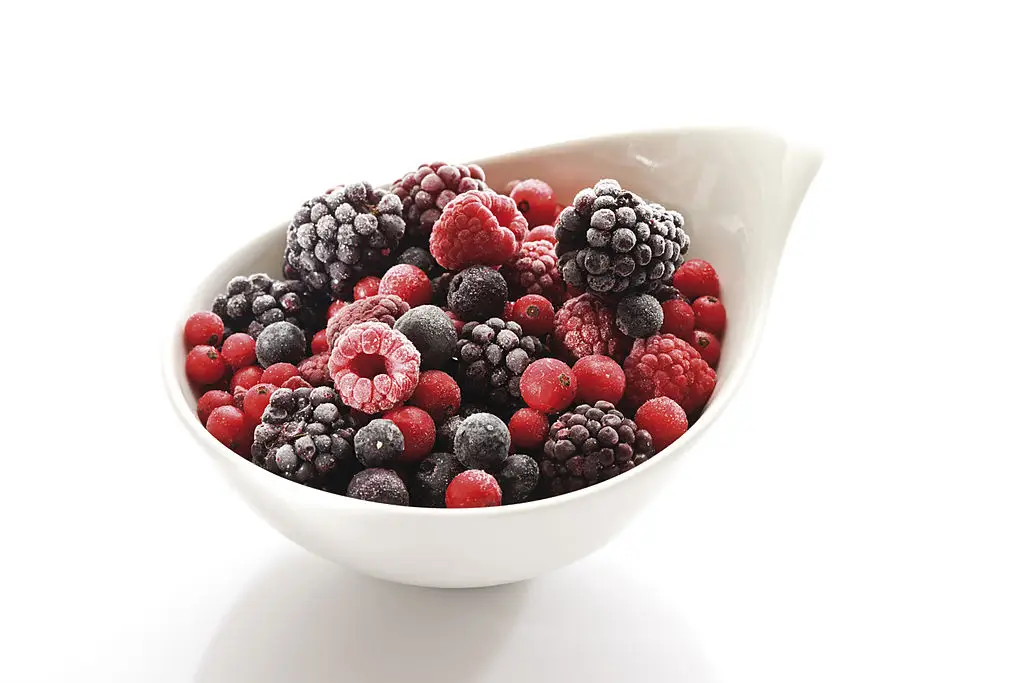Your Metabolism's Secret Weapon: 11 Foods That Activate Fat-Burning Brown Fat
Brown fat — scientifically called brown adipose tissue — is a small but metabolically active tissue that helps burn calories by producing heat. Unlike white fat, which stores energy, brown fat uses energy. That has made it a hot topic when people ask how to support metabolism as we age. This article looks at 11 foods or food groups that laboratory work, small human trials, or broader nutrition science suggest could nudge metabolic activity or support the processes linked with brown fat. We take an evidence-first approach: where human research is solid we say so, and where findings are early or limited we flag the gap clearly. That means you’ll see a mix of items with modest human data and others backed mainly by animal or cell studies. Think of these foods as practical, low-risk ways to support metabolic health rather than magic bullets. Alongside eating patterns, sleep, movement, and medical factors matter a great deal for body composition and energy use. Use these suggestions as gentle, sustainable options to include in everyday meals, and consult your clinician about personal health conditions, medications, or supplement decisions.
1. Coffee — Caffeine for a short-term metabolic lift

Coffee is one of the most-studied dietary stimulants for metabolism. Caffeine raises heart rate and the rate at which the body burns calories for a few hours after consumption. Some small human imaging studies and metabolic trials suggest caffeine may increase brown fat activity briefly, while larger trials focus on overall calorie burn rather than brown fat specifically. Evidence is mixed and usually measures short-term effects rather than lasting tissue changes. Practically, moderate coffee — about one to three standard cups for people who tolerate caffeine — can be part of a metabolism-friendly routine. Avoid excessive intake if you have high blood pressure, arrhythmias, anxiety, or sensitivity to stimulants; pregnant people should follow medical guidance for caffeine limits. If you enjoy coffee, pair it with a balanced breakfast and hydrate; if you avoid caffeine, similar metabolic benefits can be pursued through movement and protein-rich meals. Remember: coffee can help boost calorie use temporarily, but it’s not a standalone solution for fat loss or long-term brown fat recruitment.
2. Green Tea — Catechins plus caffeine for modest thermogenic support

Green tea contains catechins, especially epigallocatechin gallate (EGCG), which along with caffeine can raise energy expenditure in humans by a modest amount. Several trials show a small but statistically significant increase in calorie burn when green tea extracts or brewed tea are consumed regularly. Some researchers propose that catechin-caffeine combinations may enhance processes tied to brown fat activity, though direct human imaging data remain limited. For daily use, drinking two to three cups of brewed green tea or enjoying matcha offers a practical dose of catechins and some gentle caffeine. Choose unsweetened preparations to avoid added sugars that counteract metabolic benefits. People with caffeine sensitivity, iron absorption concerns, or specific medications should check with a clinician before increasing green tea intake or using concentrated extracts. Overall, green tea can be a useful, low-risk habit to support modest increases in metabolic rate and complement a balanced diet and active lifestyle.
3. Chili Peppers — Capsaicin and the spicy nudge for heat production

Capsaicin, the compound that gives chili peppers their heat, has the capacity to raise body temperature and trigger short-term increases in calorie burn. Human trials generally report modest effects: people who eat spicy meals often experience a temporary rise in metabolic rate and fat oxidation. Some studies show larger responses in individuals who don’t usually eat spicy foods, and the effects may be temporary rather than producing lasting brown fat growth. A practical approach is to add a little chili to dishes or try chili-based sauces gradually; this can enhance flavor while nudging heat production. Use caution if you have reflux, irritable bowel, or other gastrointestinal sensitivity; start with small amounts and balance with cooling foods like yogurt or salad. For most adults, capsaicin offers a safe, flavorful way to slightly boost metabolism and provide a sensory cue that may support mindful portion control and overall dietary satisfaction.
4. Black Pepper — Piperine shows lab activity but human evidence is limited

Black pepper contains piperine, a compound that laboratory studies have linked to effects on fat cell development and metabolism in cell cultures and animal models. Notably, some research cited in reputable reporting used concentrations far higher than what typical dietary intake would achieve, so translating those findings to real-world eating is uncertain. NPR coverage of piperine research highlights the gap between petri-dish results and human outcomes, and experts have urged caution about overinterpreting early findings. Practically, black pepper is a low-risk culinary addition that can boost flavor and may modestly affect nutrient absorption and spice-sensing pathways. It also enhances the absorption of certain compounds like curcumin when eaten together. Because direct human studies on brown fat activation from black pepper are lacking, treat piperine as an interesting compound with potential rather than a proven metabolic therapy.
5. Cold-Water Fatty Fish — Omega-3s (salmon, mackerel) that support metabolic health

Cold-water fatty fish such as salmon, mackerel, and sardines are rich in omega-3 fatty acids (EPA and DHA) that benefit heart health and lower inflammation. In animal studies, omega-3s have been linked to the promotion of “browning” — the conversion of white fat toward a more metabolically active state — though human evidence for direct brown fat recruitment is still emerging. Even without definitive human browning data, these oils support metabolic health by improving lipid profiles, reducing inflammation, and supporting muscle function, all of which help with long-term weight management. Aim for two servings of fatty fish per week as part of a heart-healthy pattern, or speak with your clinician about omega-3 supplementation if recommended. Pay attention to sourcing and mercury advisories for certain fish, especially for pregnant or nursing people. Including fatty fish is a practical dietary move that supports multiple aspects of metabolic well-being.
6. Walnuts and Flax Seeds — Plant omega-3s and metabolic support

Walnuts and flax seeds are convenient plant sources of alpha-linolenic acid (ALA), a precursor to longer-chain omega-3s. While ALA converts to EPA and DHA only partially in the body, diets that include ALA-rich foods are associated with better heart and metabolic markers. Direct human evidence tying these plant omega-3s to brown fat activation is sparse; much of the browning research emphasizes EPA/DHA from marine sources or is preclinical. Still, nuts and seeds offer fiber, plant protein, and healthy fats that support satiety and steady blood sugar — practical contributors to metabolic control. Snack on a small handful of walnuts or sprinkle ground flax on yogurt or oatmeal. Keep portion sizes modest because nuts are calorie-dense, and be aware of nut allergy risks. For an overall metabolism-friendly diet, plant omega-3 sources are a sensible, heart-smart inclusion.
7. Dark Chocolate — Cocoa flavanols with modest metabolic and vascular benefits

Dark chocolate high in cocoa flavanols delivers antioxidants and may improve circulation, insulin sensitivity, and mood, according to some human trials. Certain flavonoids also influence energy pathways in cells and have shown browning effects in laboratory work. Human evidence for direct stimulation of brown fat by chocolate is limited and preliminary, yet small servings of high-cocoa dark chocolate can be a satisfying way to get beneficial polyphenols without excess sugar. Choose products with at least 70% cocoa, keep portion sizes small (a square or two), and factor chocolate into overall calorie balance. People with diabetes or calorie-restricted diets should monitor portions carefully. Think of dark chocolate as a moderate treat that can complement other metabolism-supporting habits rather than as a targeted brown fat therapy.
8. Turmeric — Curcumin shows promising lab signals for browning, human data are early

Curcumin, the active compound in turmeric, has anti-inflammatory properties and has prompted interest for metabolic benefits. In animal and cell studies, curcumin influenced genes tied to fat browning and energy expenditure. Human clinical trials focus more on inflammation, pain, and metabolic markers than on brown fat specifically, and results for direct browning effects are limited. Bioavailability is an important factor — piperine from black pepper increases curcumin absorption — and culinary turmeric is safe for most people when used in food. Consider adding turmeric to soups, stews, or smoothies; discuss concentrated supplements with your clinician, especially if taking blood-thinning medications or managing health conditions. View curcumin as a promising compound with supportive roles in metabolic health pending stronger human browning research.
9. Fermented Foods — Gut microbes influence metabolism; browning links are emerging

The gut microbiome helps regulate energy balance, and animal research suggests certain microbial profiles promote browning of fat tissue. Human studies increasingly tie specific probiotic strains and dietary patterns to improved metabolic markers, but causal links directly to brown fat activation in people are still in early stages. Fermented foods like yogurt, kefir, sauerkraut, and kimchi offer live cultures, nutrients, and flavor variety that can support gut diversity and overall metabolic health. Introduce fermented foods gradually, especially if you’re new to them, and choose pasteurized, low-sodium options when appropriate. People with compromised immune systems should consult a clinician before adding unpasteurized or high-bacteria products. Fermented foods are a practical, enjoyable way to support a healthy gut, which may in turn influence how the body manages energy over time.
10. Lean Protein (Eggs, Poultry, Legumes) — The thermic effect of protein supports calorie use

Protein has a higher thermic effect than carbohydrates or fats — that means digesting and processing protein uses more energy — and this contributes to daily calorie burn. While protein doesn’t directly convert white fat to brown fat in humans in a way that’s been firmly established, the metabolic support from adequate protein aids muscle maintenance, supports activity, and can promote a healthier body composition. Choose lean sources like eggs, poultry, fish, dairy, or plant proteins such as beans and lentils based on your preferences and health needs. Spread protein across meals to maintain steady energy and satiety. If you have kidney disease or other specific medical conditions, follow your clinician’s guidance on protein targets. Including sufficient protein is a reliable, practical strategy to keep metabolism functioning well during aging.
11. Berries and Polyphenol-Rich Fruits — Antioxidants with early browning signals

Berries are rich in polyphenols like anthocyanins and resveratrol-related compounds that show favorable effects on metabolism in lab and animal studies. Some preclinical research links these polyphenols to pathways involved in fat browning, though human trials are limited and often measure broader metabolic outcomes rather than brown fat specifically. Berries are low in calories, high in fiber, and offer vitamins and antioxidants, making them a nutritious addition to meals and snacks that supports overall metabolic health. Enjoy a cup of mixed berries with yogurt or atop oatmeal, and watch portion sizes if you’re tracking sugars for medical reasons. Think of berries as a tasty, nutrient-rich choice that supports several aspects of healthy aging and metabolism while the science on direct brown fat activation continues to develop.
Practical takeaway: Small, evidence-aware choices add up — manage expectations

Diet can nudge metabolism and support brown fat-related processes, but it’s not a silver bullet. The strongest, most consistent evidence for improving metabolic health comes from overall dietary patterns, regular physical activity, adequate sleep, and managing chronic conditions under clinical care. Among foods, caffeine-containing drinks, green tea catechins, and capsaicin have the most direct human data showing modest, short-term increases in calorie burn and metabolic signaling, while omega-3s, polyphenols, and certain spices show promising laboratory or early human signals. Many other items on this list — black pepper, curcumin, fermented foods, and polyphenol-rich fruits — have emerging evidence, yet human trials specifically linking them to lasting brown fat recruitment are limited. Use these foods as practical supports: enjoy flavorful meals, prioritize protein and healthy fats, add spices that make eating satisfying, and include fatty fish and plant omega-3 sources where possible. If you have medical conditions, check with your clinician before starting supplements or making sharp dietary changes. Above all, keep expectations realistic: these foods can be part of a supportive metabolic strategy, and steady, consistent habits will matter far more than any single ingredient.
